The Camino de Santiago, or the Way of St. James, is more than just a trail; it’s a pilgrimage that brings together history, spirituality, and the stunning landscapes of Spain and Portugal. Attracting thousands of pilgrims from all walks of life each year the Camino is a journey of friendship, self-discovery, and cultural immersion. Now, let’s discover where the Camino de Santiago ends and begins.

The End of the Road: Santiago de Compostela
At the heart of the Camino de Santiago lies its final destination: Santiago de Compostela. Nestled in the verdant landscapes of Galicia, this ancient city is home to the majestic Cathedral of Santiago de Compostela. In the crypt are the remains of St. James the Apostle.
Arriving in Santiago de Compostela is the culmination of your pilgrimage. The sense of achievement upon reaching the Cathedral Square, known as the Praza do Obradoiro, is impossible to describe, as pilgrims gather to celebrate.
The Beginning of the Journey: So many choices!
While Santiago de Compostela marks the end of the Camino, the journey itself begins at various towns across Europe, each with its own historical significance and unique charm. In medieval times pilgrims started their pilgrimage where you lived! The current major routes to Santiago started at these towns where pilgrims from bygone times would have travelled to, to begin their pilgrimage to Compostela.
At Fresco Tours we offer several starting place options that will allow you to experience the Camino within a reasonable timeframe.
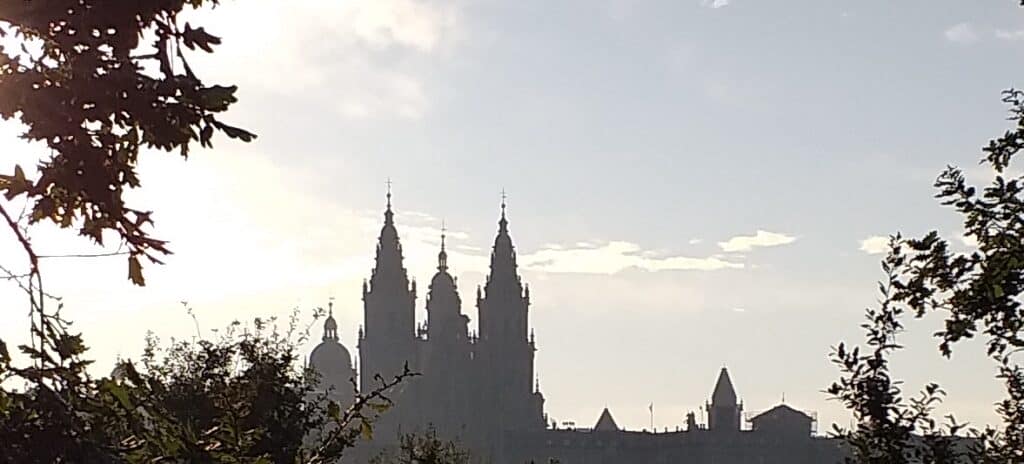
1. The Camino Francés (French Way)
This is the most popular route. The Camino Francés, unofficially begins in the French town of Saint-Jean-Pied-de-Port at the foothills of the Pyrenees. However, most pilgrims start this route much closer to Santiago, starting in towns such as Sarria, Ponferrada or León.
Fresco Tours offers tours that qualify for the Compostela Certificate on the Camino Francés starting in the village of O Cebreiro and the town of Sarria in Galicia.
We also offer tours that start much further east that allow you to discover other sections of the Camino. These tours do not arrive to Santiago.
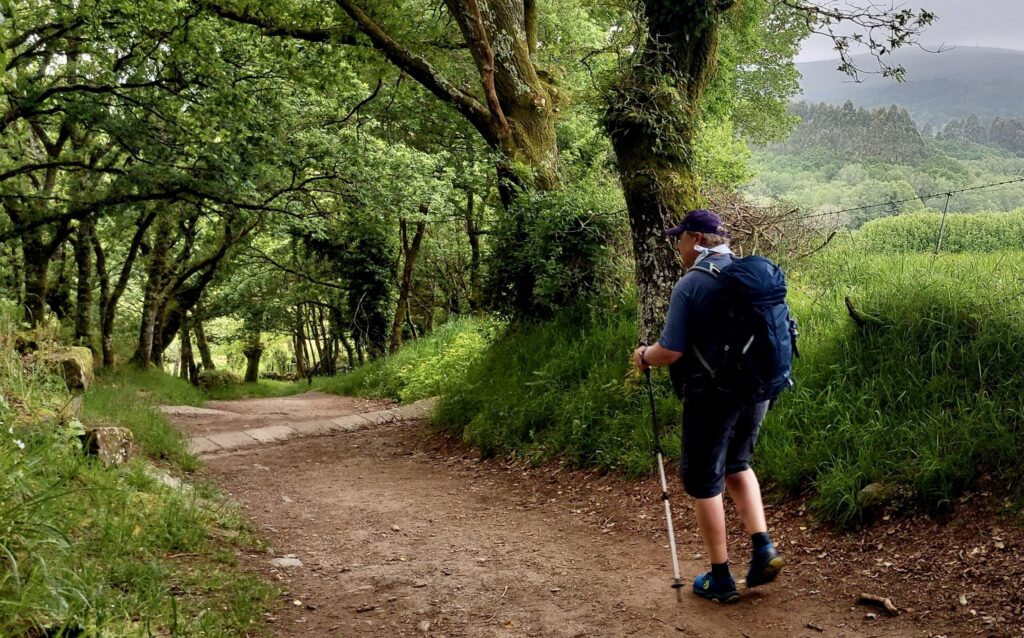
2. Camino Portugués (Portuguese Way)
The Camino Portugués offers two main routes: the Coastal Route and the Interior Route, each with its own distinct character. The Coastal Route starts in the Portuguese city of Porto, following the Atlantic coastline north. The Interior Route begins in Lisbon, leading pilgrims through the north of Portugal before crossing into Spain.
Fresco Tours offers tours that qualify for the Compostela Certificate on the Camino Portugués starting in the towns of Ponte de Lima (Interior) and Oporto (Coastal).
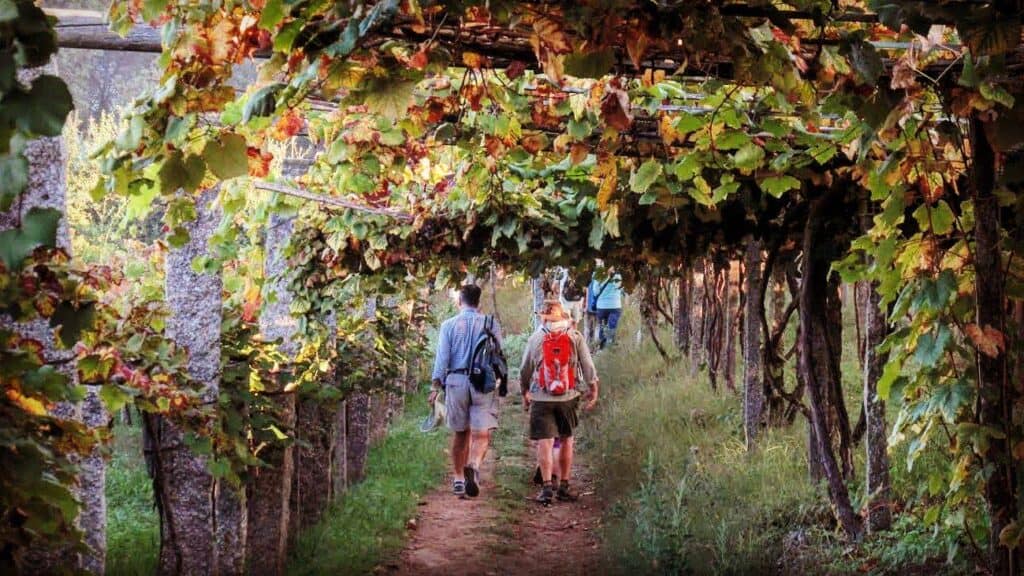
3. Camino del Norte (Northern Way)
For those seeking a coastal adventure, the Camino del Norte offers breathtaking views of the Bay of Biscay and the rugged coastline of northern Spain as it makes its way west. Its unofficial starting point is the Basque city of Irún.
Our Camino del Norte Tour will take you on a 10-day adventure walking the the Basque section of this stunning Camino.
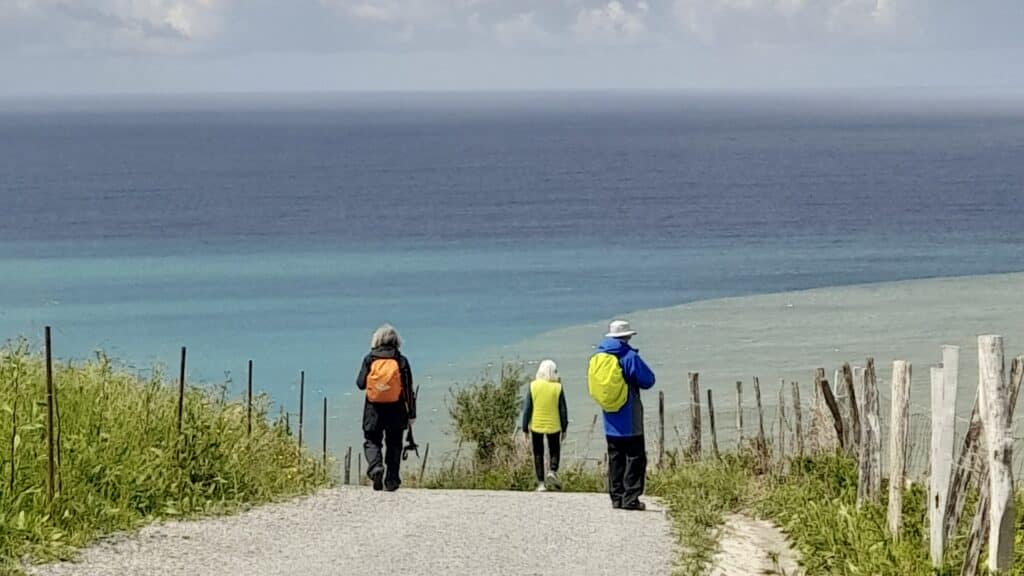
4. Camino Inglés (English Way), Vía de la Plata (Silver Way) and Camino Primitivo (Primitive Way)
These are other historic routes that brought pilgrims from other areas of Spain to Santiago de Compostela. At the moment Fresco Tours does not offer tours on these routes. However, stay tuned as we are always developing new products. Who knows? We may soon be leading tours on one of these Caminos!
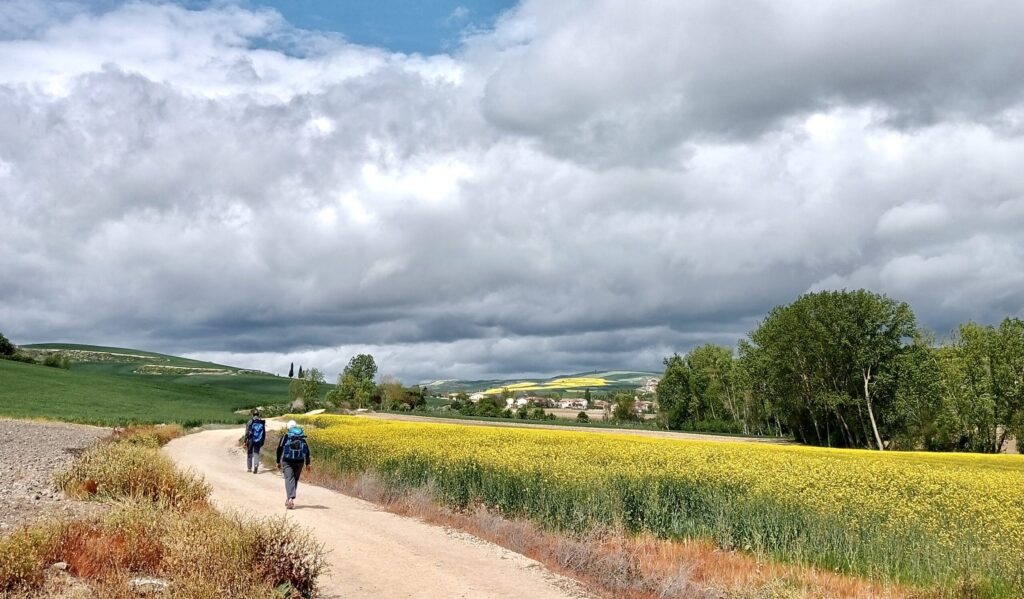
So to the question: Where does the Camino de Santiago end and begin? You now have the answer!


